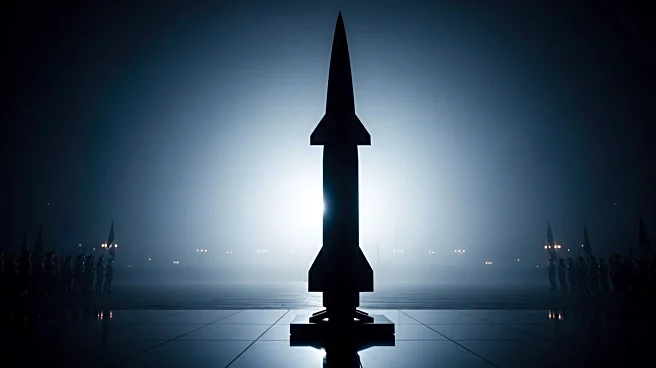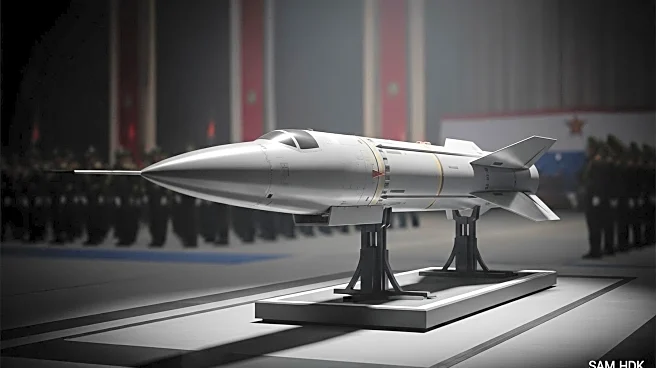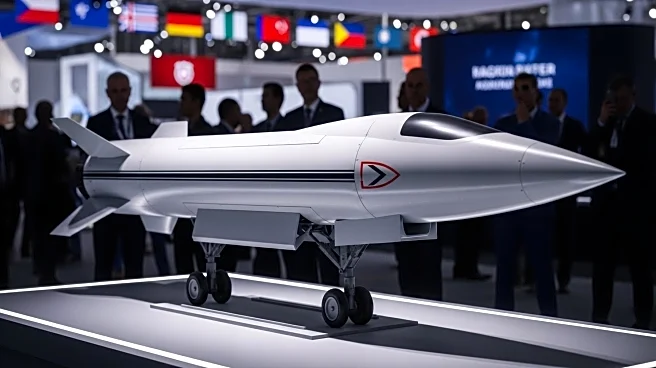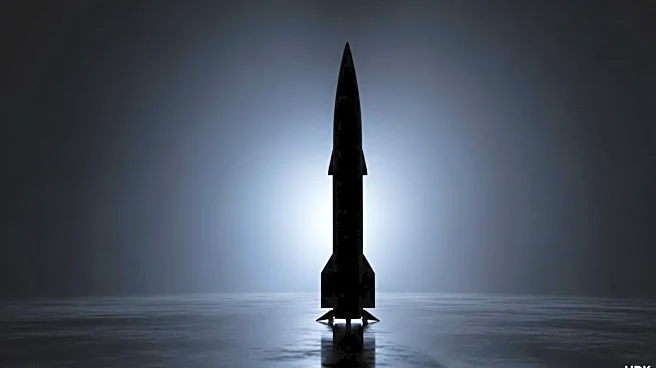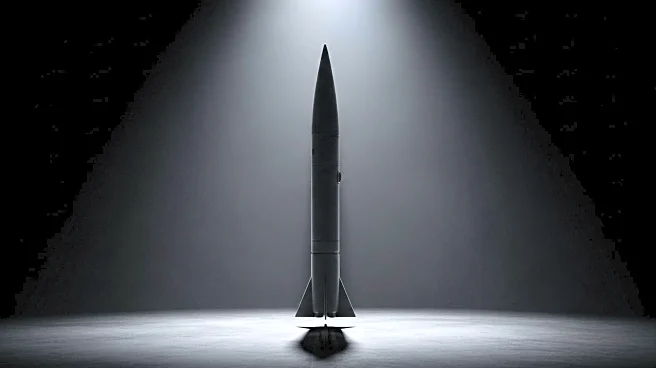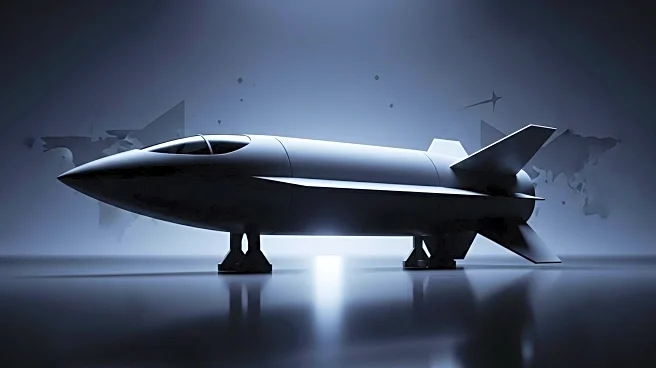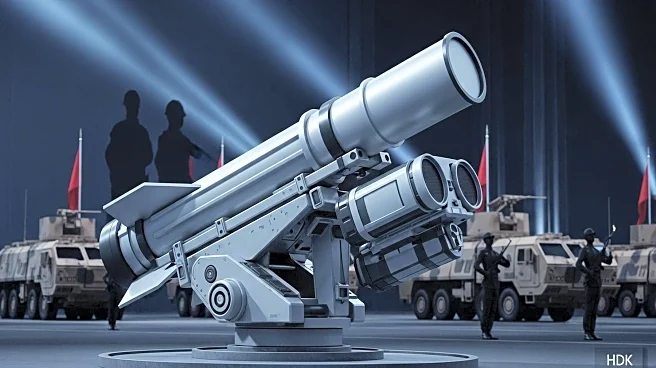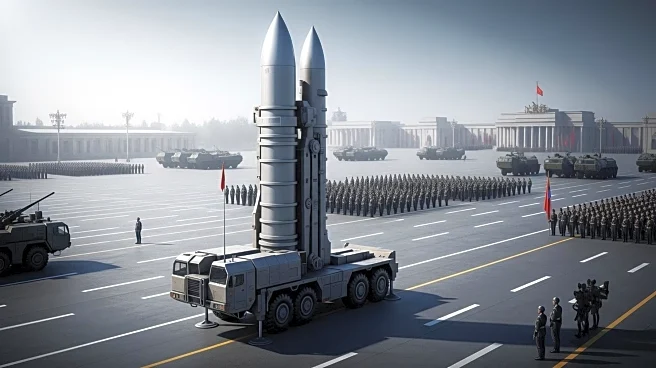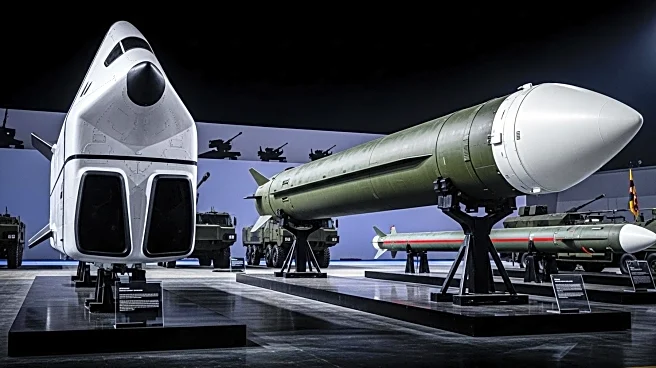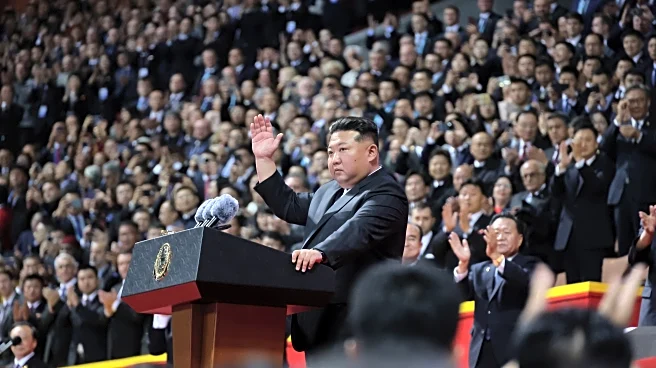What's Happening?
North Korea has showcased its latest intercontinental ballistic missile (ICBM), the Hwasong-20, during a military parade in Pyongyang. The event marked the 80th anniversary of the ruling Workers' Party of Korea. The missile's size suggests it could carry multiple nuclear warheads, highlighting North Korea's continued expansion of its nuclear arsenal. The parade was overseen by North Korean leader Kim Jong Un, and the display has raised concerns in the West and neighboring countries about the implications of North Korea's growing military capabilities.
Why It's Important?
The unveiling of the Hwasong-20 ICBM underscores the ongoing tensions on the Korean Peninsula and the potential threat posed by North Korea's nuclear advancements. This development could impact international relations, particularly with countries like the United States and South Korea, which have historically been concerned about North Korea's military ambitions. The increased capabilities of North Korea's missile systems may lead to heightened security measures and diplomatic efforts to address the threat, affecting regional stability and global security dynamics.
What's Next?
The international community, including the United States and its allies, may respond with increased diplomatic pressure and potential sanctions to curb North Korea's nuclear ambitions. There could be calls for renewed negotiations to address the security concerns posed by North Korea's missile capabilities. Additionally, regional military strategies may be adjusted to counter the perceived threat, potentially leading to an arms race in the region.
Beyond the Headlines
The development of advanced missile technology by North Korea raises ethical and legal questions about nuclear proliferation and the responsibilities of nuclear-armed states. It also highlights the challenges of enforcing international agreements aimed at preventing the spread of nuclear weapons. The situation may prompt discussions on the effectiveness of current non-proliferation treaties and the need for new frameworks to address emerging threats.
